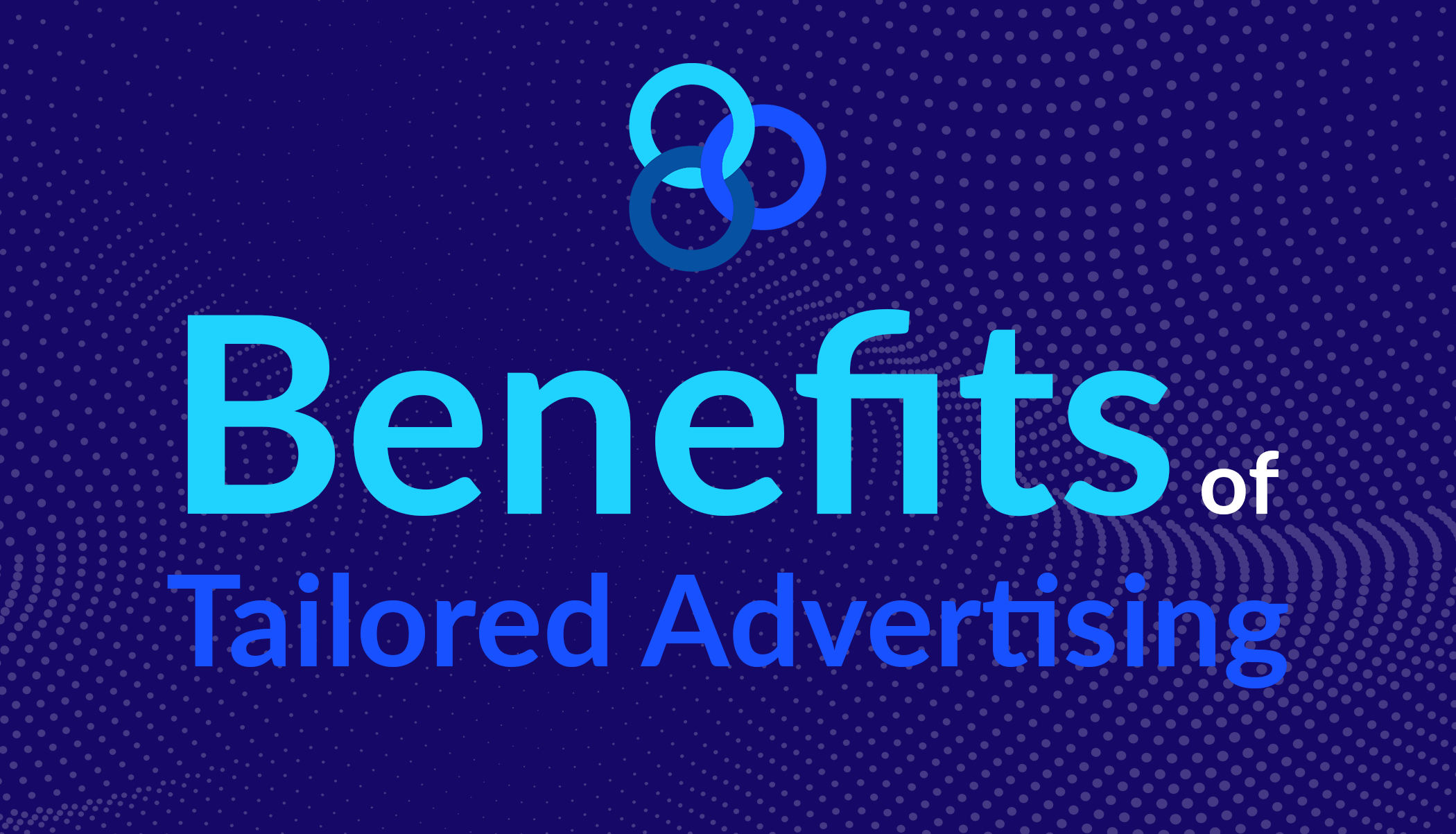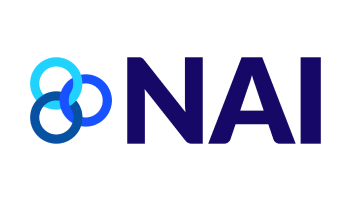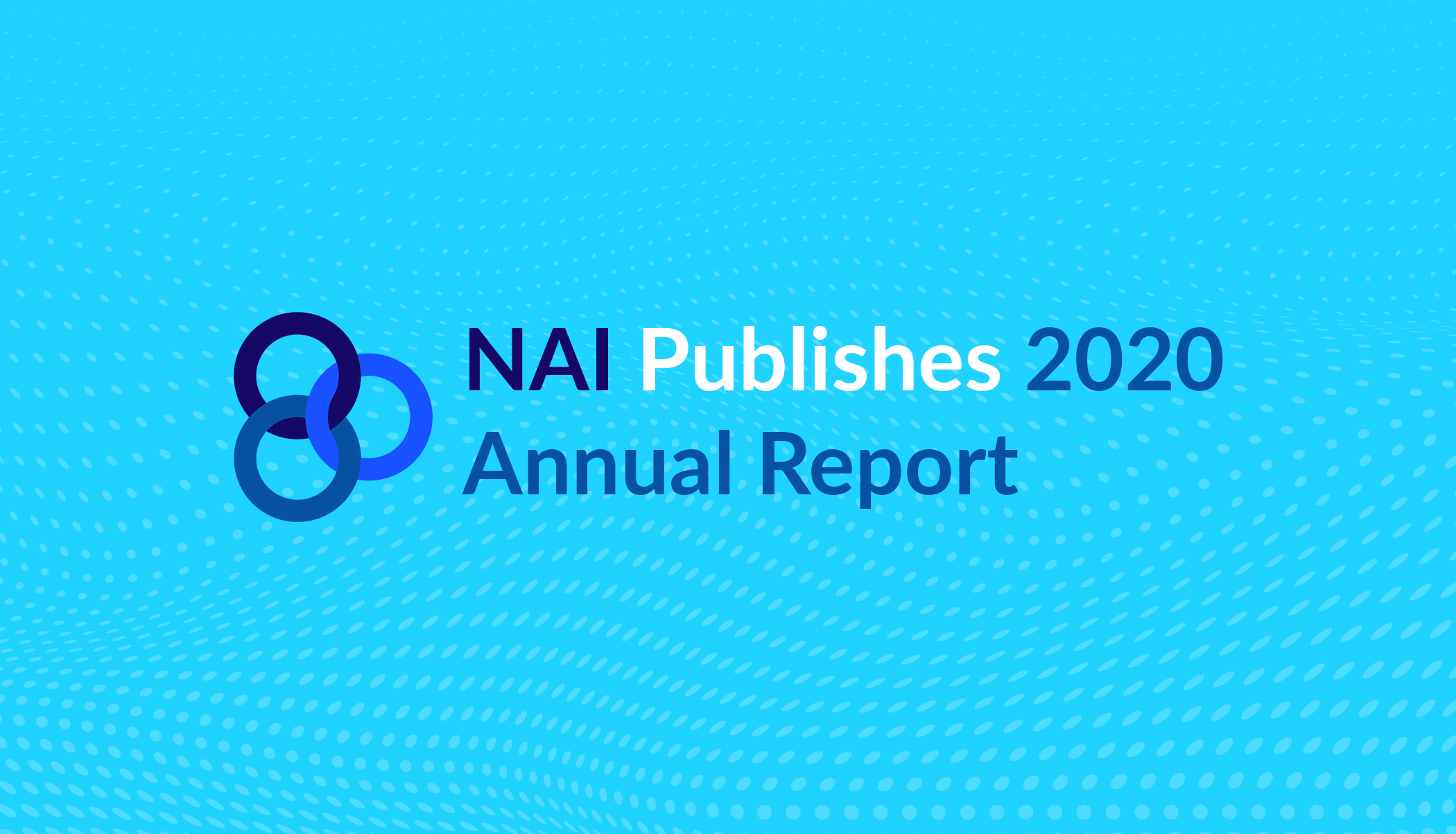NAI Opt-Out for Email-Linked Digital Advertising is Live
Two years have passed since the NAI published the 2020 Code of Conduct (Code), expanding the scope of the NAI self-regulatory program to the use of offline data for Tailored Advertising, and announcing the development of the industry’s first email-based consumer choice mechanism for Tailored Advertising.
The NAI’s email-based consumer choice mechanism is now live on the NAI site in a beta version. Four NAI members have already integrated with this opt out, and several more are currently finalizing their integration, with the goal of including all NAI members engaged in Audience-Matched Advertising by July 1, 2021. The NAI is working with member companies to help them meet this deadline, and will begin Code requirements tied to the opt out for those companies who have not begun integration.
Scope of the New Opt-Out Mechanism
When the NAI published its 2020 Code of Conduct and developed the first industry PII-based Opt-Out Mechanism for Tailored Advertising, the use of hashed PII in digital advertising was primarily focused on Audience-Matched Advertising, allowing brands to reach their own customers while they browse the web or use mobile apps. In these use cases, the hashed PII is not used as an addressability method, but rather as a link between existing cookie IDs and/or mobile advertising IDs. However, the past year has brought significant disruption into the digital advertising space, with the announced deprecation of third-party cookies in the Chrome browser, as well as changes to the way mobile advertising identifiers are accessed in iOS. These challenges to traditional addressability methods have spurred considerable innovation from advertising technology companies, with numerous efforts to provide shared industry identifiers that are able to provide some of the functionality previously provided by cookies and mobile advertising identifiers. Many of these solutions are still in development. Some depend on random identifiers, while others propose to leverage hashed email addresses as a means of distinguishing between various users and devices.
Historically, the NAI’s self-regulatory framework has recognized data types as directly identifying an individual (Personally-Identified Information or PII), pseudonymously identifying a browser or device (Device-Identified Information or DII), or not being linked to a device or individual (De-Identified Information), with consumer notice and choice requirements based on the aforementioned distinctions. Audience-Matched Advertising typically involves the use of hashed (one-way encrypted) PII as a “match point” between two audiences. Once the PII is hashed, it no longer directly identifies an individual, and so it is no longer treated as PII. On the other hand, it is pseudonymously linked to an individual rather than a browser or a device, so it is not DII. Effectively, hashed-PII used for Tailored Advertising is a pseudonymous user identifier, which is not directly addressed in the NAI Code outside of its use for Audience-Matched Advertising.
Those member companies that leverage hashed email addresses as an addressability method for Tailored Advertising are expected to provide a consumer choice mechanism tied to those hashed email addresses, and are expected to integrate with the NAI’s email-based opt-out mechanism even if they do not engage in Audience-Matched Advertising. Thus, the scope of the NAI’s email-based Opt-Out Mechanism will expand from only Audience-Matched Advertising to all use of hashed email addresses for Tailored Advertising.
Moving Forward and Consideration for Future Guidance
The NAI is working with its members and with some of the addressability solution providers to better understand these solutions and how they will be utilized by NAI members and the digital advertising industry more broadly, with the aim of issuing future member guidance on the use of shared addressability solutions, as well as the required notice, transparency, and choice. In the meantime, the NAI expects member companies to provide consumer choice for all addressability solutions used in Tailored Advertising, as per the NAI Code.
The NAI encourages its members to reach out to NAI staff with any questions about current NAI Code applicability to any addressability solutions, or the development of future NAI guidance. We strongly encourage all members to focus on consumer privacy when evaluating any potential replacements for cookies and mobile ad IDs. The NAI plans to issue updated specifications for the opt out, as well as target enforcement dates, in the coming weeks.








